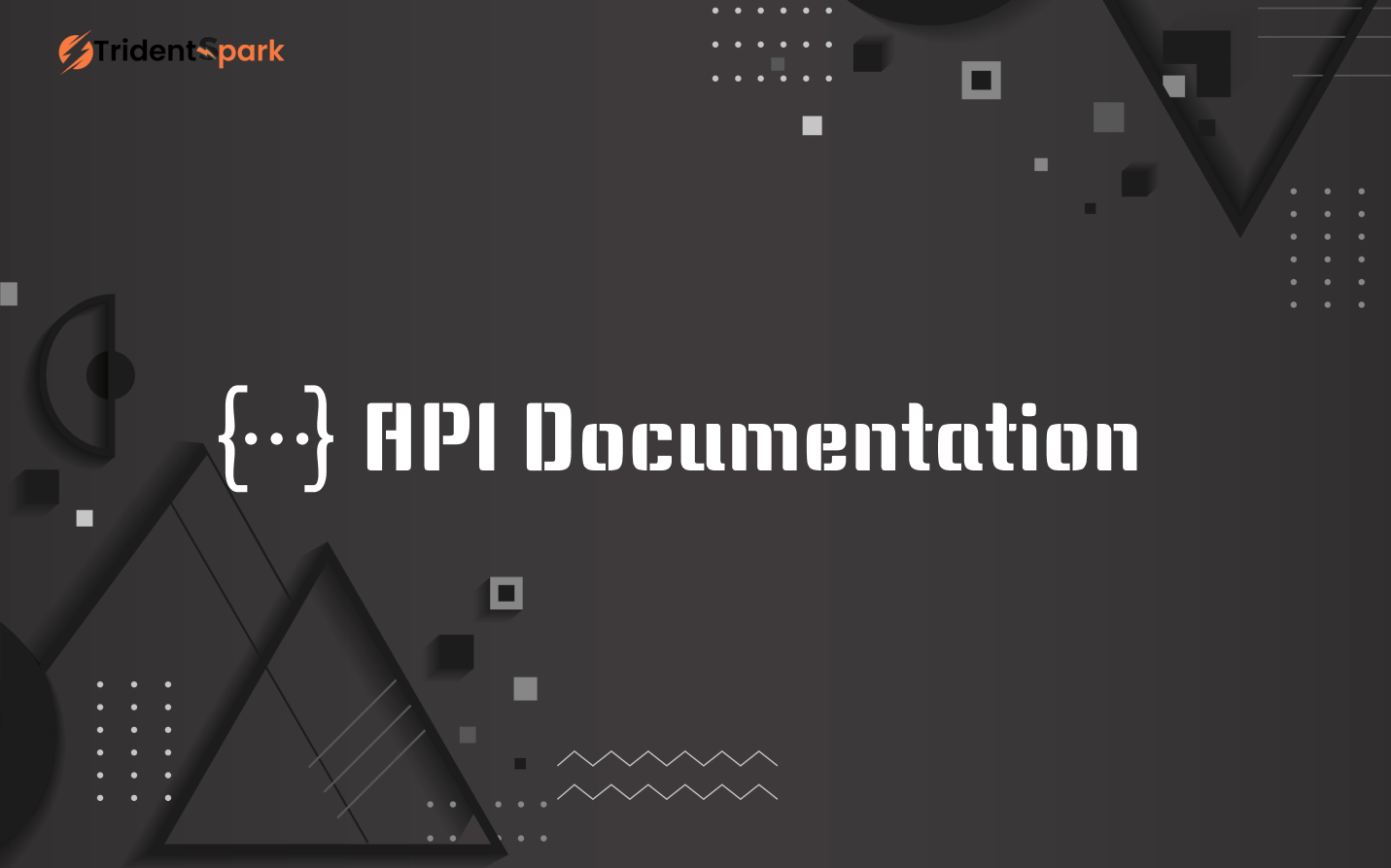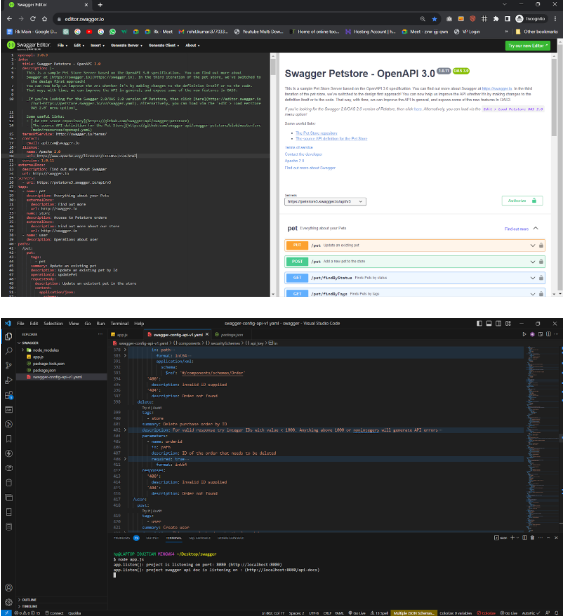Thank You
Request for call back
API Documentation
With Swagger (NodeJS)

API Documentation With Swagger (NodeJS)
API documentation is a widely underrated hero in software development. Web applications and services, which dominate the digital world, rely on APIs to send data and function, enabling software components to speak to one another. APIs can sometimes seem like mysterious black boxes; without proper documentation, they can frustrate developers and stifle progress. It’s here where Swagger, especially with Node.js, comes into play.
In these days of rapid technological advancement, APIs are more important than ever. It’s crucial to have perfect API documentation for those who create APIs and those who use them. With it, developers can get clarity, efficiency, error prevention, and a smoother onboarding process. With Swagger, API definition, production, and visualization simplify the process. The article discusses API documentation, highlighting the importance of Swagger in Node.js and providing a step-by-step guide to harness it for API development and maintenance.
What is OpenAPI ?
OpenAPI is a specification for building APIs. It was previously known as Swagger. OpenAPI 3.0 is the latest version of the specification which comes with lots of new features and improvements compared to Swagger 2.0 Swagger 2.0 is an earlier version of the Swagger specification which has been donated to Linux foundation and named as Open API specification
The Importance of API Documentation
Clarity is key. To utilize an API effectively, developers need clear API documentation, including information about endpoints and response parameters.
Efficiency. It is easier for developers to become productive and get up to speed quickly when APIs are well-documented.
Preventing errors. Comprehensive documentation can help prevent common mistakes and miscommunications that may result in bugs and vulnerabilities in the application.
Collaboration. Multiple developers or teams need to communicate effectively when working together. Common reference points are API documentation.
Onboarding. Providing API documentation facilitates seamless integration with new team members or external developers.
What is Swagger ?
Swagger is one of the largest and widely used open-source frameworks for API developers to design, build, develop and consume REST APIs. Swagger specification facilitates creating RESTful contracts of your API, including all of its resources definitions, available endpoints, operation parameters, authentication mechanisms, contract information and license etc in a readable format.
The Role of Swagger
With Swagger, API documentation is simplified by making it easier to create, define, and visualize RESTful APIs. API development has come to rely on this standard. Swagger provides tools to create, document, and test APIs in a unified ecosystem.
Best Practices for API Documentation with Swagger
- Consistency. Keep your endpoint documentation consistent, including summaries, descriptions, parameters, and responses.
- Use Examples. To make your API easier to understand and test, give developers real-life examples of request and response data.
- Version Control. Make sure your API documentation is versioned in line with your API. As a result, developers have access to relevant documentation at all times.
- Security. To avoid security vulnerabilities, document clearly what authentication and authorization requirements must be met.
- Maintenance. Make sure your API documentation is updated regularly to reflect API changes. Confusion and errors can result from out-of-date documentation.
- Interactive documentation. Make your API testing easy for developers by using Swagger UI’s interactivity.
Implementation & Installation
Swagger is implemented in different programming languages in different ways. Now we will see how to implement swagger in node js with express
Swagger with Node.js and Express.js
Additionally, Swagger can be integrated with Node.js and Express.js to document APIs created with these technologies. This integration enables developers to seamlessly document their APIs and provide interactive documentation. The following steps outline how Swagger can be used with Node.js and Express.js:
- Node.js and Express.js Setup: Begin by setting up Node.js and Express.js in your project.
- Create a folder
- Run command in terminal npm init -y
- Run command npm install express cors body-parser yamljs swagger-ui-express
- Make a new file with name app.js
- Write this code in app.js file
npm init -y
npm install express cors body-parser yamljs swagger-ui-express

7. Create a Swagger specification file with name swagger-config.yaml (in YAML or JSON format we choose YAML) that defines your API endpoints, parameters, responses, etc.
8. Goto this page https://editor.swagger.io/ and copy all code then paste it in swagger.config.yaml file

9. Run this command node app.js and start your Express.js server to see your Swagger-documented APIs in action and goto http://localhost:8080/api-docs/
This integration allows developers to provide clear and interactive documentation for their APIs developed using Node.js and Express.js.
